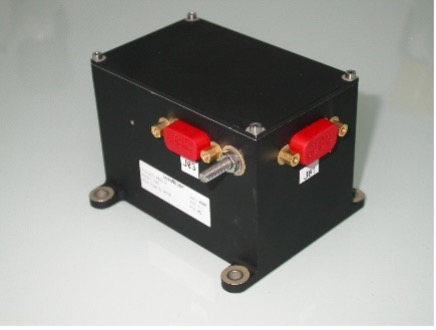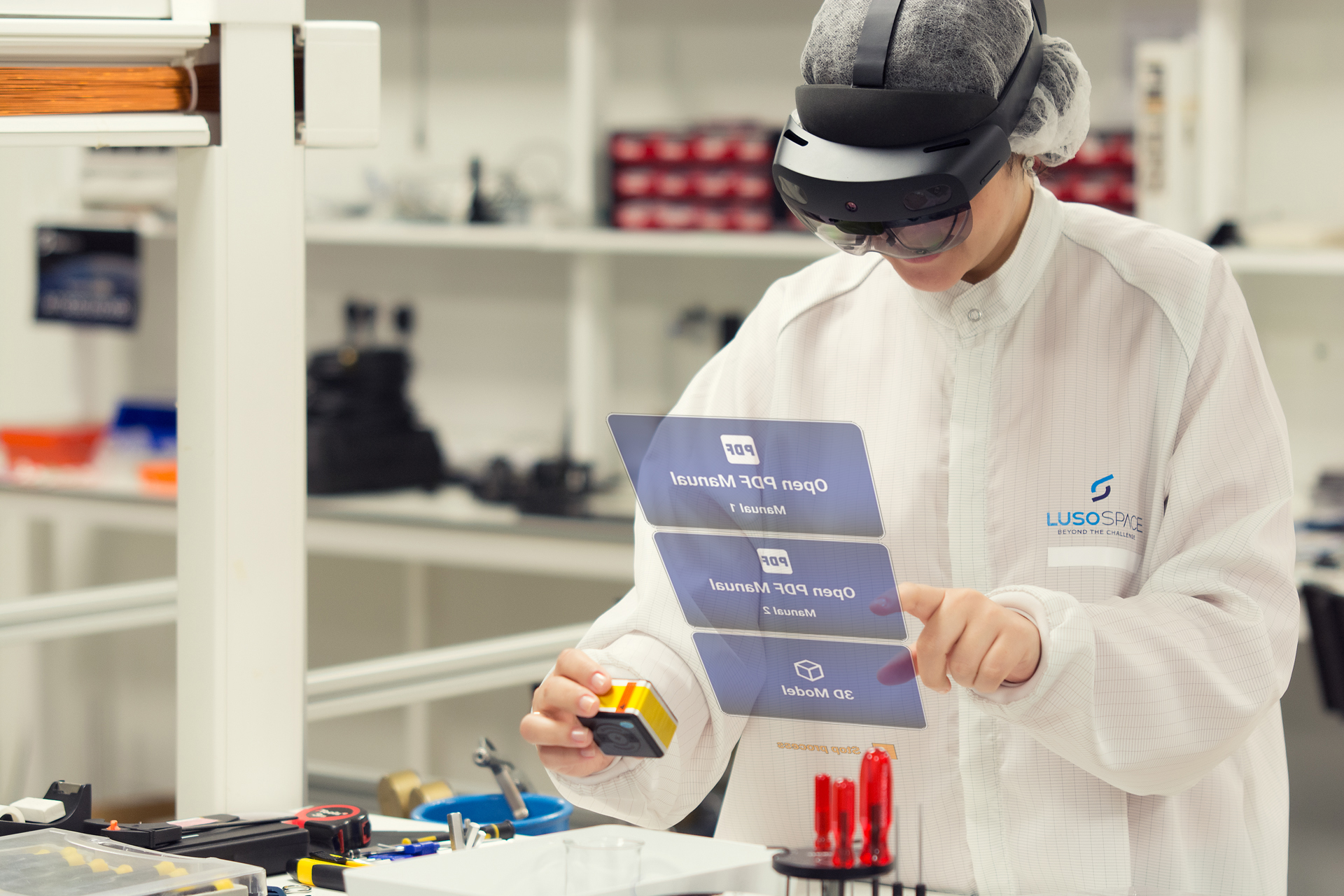20 years ago, Lusospace did the impossible – and now it’s a success story
The aerospace engineering company was founded in 2002, when "making space hardware in Portugal was not possible." Step by step, Lusospace has been growing, distinguishing itself by the multidisciplinarity of its team, and making its mark in various projects and missions.
When Ivo Vieira and his two partners launched Lusospace in 2002, there were those who said “making space hardware in Portugal wasn’t possible.” But the founders of the Portuguese company ignored the naysayers, ready to demonstrate that fortune favors the bold. Pointing the magnetometer towards the future, they created a company that has three dozen employees 20 years later, as well as international clients and a portfolio of innovative projects.
In a country accustomed to more traditional activities, with an economy that was slowly abandoning the primary sector and where technological industries were taking their first steps, obtaining financial support was an adventure in itself. “When we approached Portuguese banks for funding, there was a lot of mistrust about the space sector. They were used to financing restaurants and construction,” says the CEO of the aerospace engineering company.
Ivo recognises that Lusospace was able to take advantage of opportunities that had opened up when Portugal entered into the European Space Agency (ESA) two years previously, in 2000. “The creation of the ESA/Portugal task force helped companies, universities and national research centres to get contracts with the ESA, without having to compete with European companies that had a huge advantage over us,” recalls Ivo Vieira. It was then that they took the first steps toward what would become Lusospace’s star product: “We started with a small project consisting of an economic and financial feasibility study for the development of a magnetometer.”

Magnetometer MAG28, developed by Lusospace. © Lusospace
Magnetometers are a kind of space compass that allow you to orientate and monitor the position of satellites in real time, by calculating the magnetic field. The technology was already tested and in use, so there was no need to reinvent the wheel: the Lusospace magnetometer simply integrated an AMR (Anisotropic Magnetoresistive) chip, which had never been used in space before.
The Portuguese company’s MAG28 has already been used in three different ESA missions, including Probra-2 and MAG15 (the successor to MAG28). It was developed “to adapt to the satellite platform of some of the largest European integrators,” such as Airbus Defence & Space, and follows the same successful path, “having already been supplied for 13 missions.” These include several satellite missions within the Sentinel family, and CHEOPS.
“Always step out of the comfort zone”
Now, looking back, Ivo Vieira believes that Lusospace has grown “step by step” thanks to the multidisciplinary “capacity and skills” of the team members, who are capable of “responding to the intrinsic needs of aerospace projects.” Lusospace employs about 30 professionals, divided among the disciplines of Aerospace, Physics/Optics, Electronics, Mechanics/Thermal, Software/Firmware and Product Assurance. “I also note that LusoSpace often works on unique R&D projects, which require a considerable percentage of our professionals to have a high level of academic achievement – with Masters and PhD degrees,” adds Ivo Vieira.
The “remarkable” diversity among the areas of expertise of the Lusospace team sets the company apart from others in the same field, says the CEO. “With a small team, we work both in instrumentation and in augmented reality, in optical communications and in satellite constellations. In fact, this is due to our very entrepreneurial and innovative spirit: we are always stepping out of our comfort zone,” he adds. But the company also stands out for its “optics/photonics component:” “Although there are already several European companies in this area, it is still a less competitive area than mechanics, electronics and software.”

There are “promising projects” with the company’s seal of approval in the near future. © Lusospace
Also on this list are the pulsed-laser source known as Pulsed Laser Transmitter, as well as the Laser Head Amplifier. The latter is “an integral part of the system that aims to prove one of Einstein’s theories, the existence of gravitational waves,” from ESA’s Laser Interferometer Space Antenna (LISA) mission. Finally, Ivo Vieira indicates the “development, manufacturing and validation of a set of equipment used to verify” in a first phase “the correct optical alignment of the five spectrometers (UV, VIS, NIR, SWIR-1 and SWIR-3) that compose the Sentinel-5 instrument” satellite of the European Earth Observation program, Copernicus; and “in a second phase (C&C), the optical characterization and calibration of the Sentinel-5 instrument,” he adds.
Lusospace promises not to stop there. Ivo Vieira guarantees that there are “promising projects” with the company’s seal of approval in the near future. One example is the “development of Optical Ground Support Equipment (OGSE) for the FORUM mission of the European Space Agency,” or participation in the ClearSpace-1 mission, which is part of the consortium led by Deimas. In what promises to be a historic mission with a unique service – namely, the removal of an item of space debris from Earth orbit – Lusospace “will ensure that all GNC system component suppliers meet the different requirements.”
In Lusospace’s portfolio, augmented reality emerged when the company was getting ready to enter adolescence. Ivo says that the 10th anniversary celebration “was an opportunity to renew the brand and strengthen the positioning in optics and augmented reality.” Now, the company intends to focus “on developing a disruptive hardware solution and providing a framework to digitise/optimise Assembly, Integration and Test (AIT) activities.” Translating? Using augmented reality, Lusospace is replicating the entire AIT process before moving into actual production of products and services.
Optical and quantum communications are also on Lusospace’s horizon. “These are areas of the future and we know that now is the time to invest in them to gain competitive advantage,” says the company’s CEO.
On the other hand, “by way of a study with ESA, GMV, the AIR Centre and the Portuguese Navy,” Lusospace is also preparing the future “Atlantic constellation of 16 satellites to observe the oceans.” “We have the ambition to be an integrator of satellites. We already do this with complex systems, and we only need this step to move up the value chain,” says Ivo Vieira.
